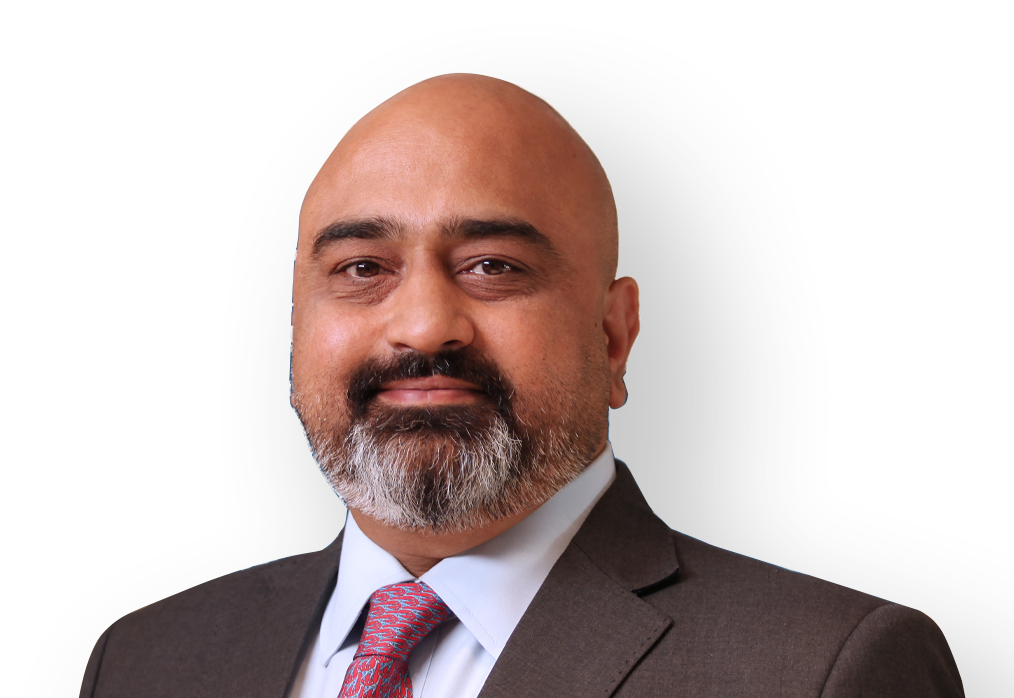Insights
Budget 2024-25: Charting the future of Indian healthcare ecosystem
February 1, 2024The interim annual budget for the financial year 2024-25 (Annual Budget) is slated to be announced on February 01, 2024. An effective allocation for the healthcare sector will involve balancing prevailing concerns with prospects for advancement and innovation in the realm of public health. This balancing act becomes crucial considering the varied diaspora of the country which remains interspersed through a gamut of social, geographical, and cultural strata. Inferentially, ensuring access for an effective albeit affordable healthcare system is of utmost importance.

In charting out the future of the Indian healthcare ecosystem, specifically, considering the rollout of the Annual Budget, it may be prudent to review the last budget allocation for the fiscal year 2023-24 (Previous Budget). This will serve as a roadmap to the previous efforts which have been undertaken to buttress the healthcare ecosystem in India and will also serve as a reckoner to unresolved concerns which may be effectively addressed by the upcoming fiscal year’s budget.
Read More+
The Previous Budget indicates emphasis on the promotion of research and development (R&D) in the healthcare sector. In furtherance of this, the Central Government revised budgetary allocations to several schemes such as the Department of Pharmaceutical’s ‘Promotion of Research and Innovation in the Pharma-Medtech Sector (PRIP), the National Health Mission, the Pradhan Mantri Jan Arogya Yojna (PM-JAY), and the Pradhan Mantri Swasthya Suraksha Yojana (“PMSSY”) which has been split into two sub schemes as of the 2018 fiscal year with the first one being the PMSSY, and the second one for the institution of 22 new AIIMS. Alongside this, the field of medical education had seen a generous budgetary allocation intended for the setup of approximately 157 new medical colleges and universities and establishment of certain Indian Council of Medical Research laboratories for creating state of the art research centres.
The Previous Budget underscored the need for development in the healthcare realm. However, the forthcoming Annual Budget must instead intend to amalgamate such aspirations with recognition and policies to address persisting concerns in its allocation. The Annual Budget may therefore, through effective allocation, aid in building a solid ground upon which such development may be undertaken.
The persistence of several concerns stem from certain fundamental issues which plaque the Indian healthcare regime. The very cornerstone of any effective healthcare ecosystem should be access to drinking water, sanitation and a healthy diet. The focus of the Annual Budget should not merely be geared towards treatment but also on prevention. Therefore, the forthcoming Annual Budget should lay due emphasis and extend capital to such policies and organizations which function to that end. This may be aided with allocation of expenditure for vaccination programs with centers across the country.
Further, the forthcoming Annual Budget must focus on allocation for – improvement in the infrastructure and governance of hospitals in the country, specifically those located in the rural areas. The necessity for such allocation hinges on two prongs. Firstly, hospitals in most rural areas are unequipped to provide effective treatment. Inferentially, people tend to relocate to urban regions to access a comprehensive range of diagnostic testing and treatment. This thwarts access to healthcare on account of prohibitive costs incurred in the process. It further increases the burden on urban infrastructure which in turn affects the quality of treatment. Secondly, as of now, the infrastructure of most hospitals in the country cannot accommodate the growing need for effective treatment in the country. All these developments need to be supplemented with the institution of a regulating authority which may look at the governance of such hospitals. This may also foster transparency and ensure compliance and assist in benchmarking governance of hospitals.
At a micro level, insurance schemes and programs should be devised to aid in reduction of treatment expenditure and certain subsidies may be introduced for the rural populations. At a macro level, the Annual Budget may increase tax exemptions for healthcare to reduce overall costs. Promoting a public private partnership may assist in transfer of knowledge and expertise from the private to public sector.
It must be noted that to improve the quality of treatment at hospitals, the allocation must not merely be geared towards infrastructural development but must also focus on building a strong workforce. The Annual Budget should seek to address the paucity of workforce in the healthcare regime. Budgetary allocation may be routed to the training of skilled individuals. Incentivizing proliferation of medical camps in rural areas and training institutes will aid in building a strong workforce.
Budgetary allocation for the digitization of the healthcare ecosystem shall pave the way to augment access to healthcare. This may also occur through investment in pharmaceutical delivery mechanisms. Further, investment in remote hospitals and advanced ambulances which may simulate a hospital ward in a vehicle or at the patient’s house may prove prudent to reduce delays in access to treatment.
To summarize, the Indian healthcare ecosystem is expansive and requires due consideration of a plethora of concerns which plague it. The infusion of adequate capital in targeted policies and venues which seek to address such concerns would be the need of the hour. The purpose of the forthcoming Annual Budget, therefore, must be solidifying the base upon which the healthcare regime rests and then to augment its capacity through investment in R&D. An approach akin to such a balancing act will make the Indian healthcare regime resilient and efficient.
This article was originally published in Financial Express on 1 February 2024 Co-written by: Arvind Sharma, Partner; Aarushi Mittal, Associate. Click here for original article
Read Less-
Contributed by: Arvind Sharma, Partner; Aarushi Mittal, Associate
Disclaimer
This is intended for general information purposes only. The views and opinions expressed in this article are those of the author/authors and does not necessarily reflect the views of the firm.


